Standard
A Standard is a national or international document which sets out how a particular item is to be designed, fabricated and tested so that it meets certain minimum requirements for safety, product, service, and operation and allows “standardization” of certain items to prevent multiple versions being used. ASTM, API, ISO are some examples of the standard. ASTM has more than 12000 standards they cover all most everything. An example would be ASME B 16.5 – Pipe flanges.
Piping components are sourced from around the world; we want all these materials, irrespective of their country of origin should fit perfectly with each other at the site. Standard help to achieve these;
- By establishing common engineering or technical requirements for products, practices, methods or operations that manufacturer has to follow while manufacturing piping components.
- Standard Built confidence about product quality in the users and
- With standardization cost of production will reduce as you can produce in bulk for global markets.
Code
Code is a model that is adaptable by law. A standard becomes a Code when it has been adopted by one or more Governmental bodies and is enforceable by law, or when it has been incorporated into a business contract.
Often termed design code, this is a document which defines the method of designing a particular piece of plant or equipment, e.g. B 31.4 is a design code, which specifies how you design a liquid pipeline under all sorts of different conditions. ASME Codes are legally enforceable in many US state. Whereas, in the other part of the world they are not legally enforceable but such countries have their own similar codes.
Examples of the codes are ASME Boiler and Pressure Vessel Code, BS, DIN, etc. Code provides a set of rules that specify the minimum acceptable level of safety & Quality for manufactured, fabricated or constructed goods. Codes also refer out to standards or specifications for the specific details on additional requirements that are not specified in the Code.
Specification
Specification defines the technical requirements of a piece of equipment, often requiring adherence to a particular national or international standard. Often custom written for a particular purpose it allows the customer to specify particular additions, changes or deletions to any specified standard for his particular use. Specification is generated by private companies to address additional requirements applicable to a specific product or application.
For Example, if you want A106 Gr B pipe with Maximum carbon of 0.23% against standard requirements of 0.3% Max, you have to specify your requirement in your specification or Purchase Order. Other examples- Product specification, Shell DEP & EIL Specification.
We at Metallica, supply carbon steel seamless pipes and stainless steel pipes as well as other products in standard as well as non-standard sizes and finishes. We can guarantee lowest prices and best quality to our customers across India and overseas. Contact us now!


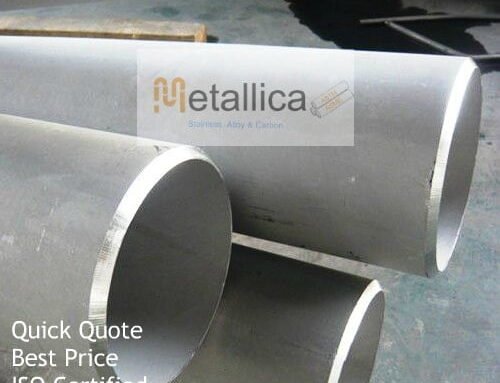
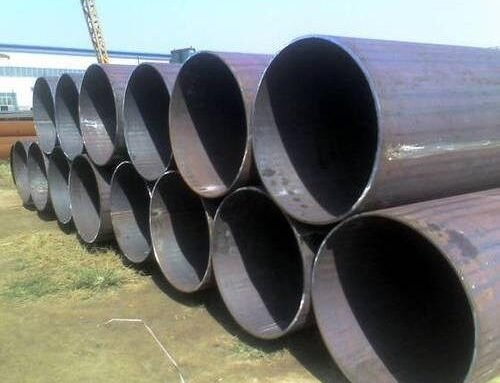
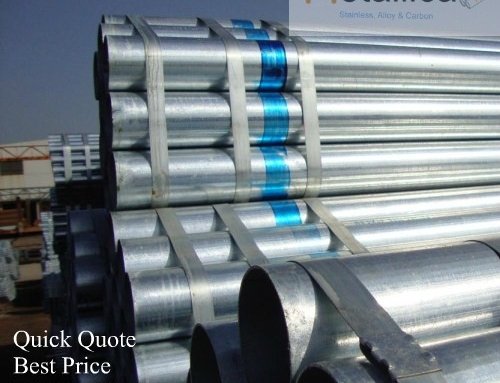
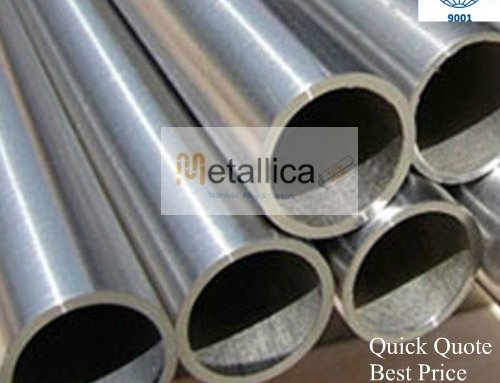
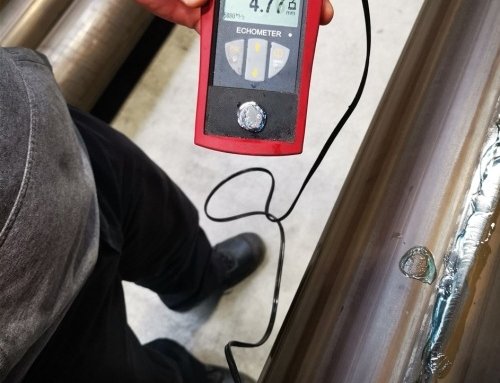
Leave A Comment